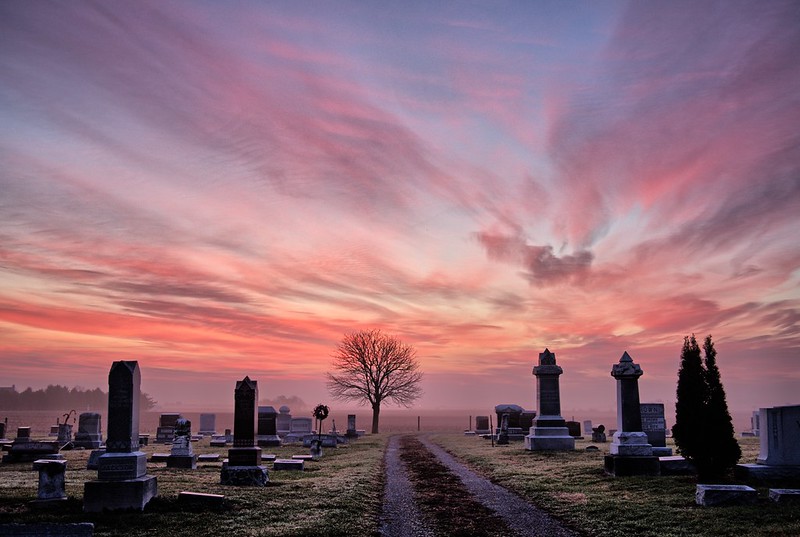Homer G.A.R. Cemetery
Image Credit:
Homer Historical Society
The Homer Grand Army of the Republic (G.A.R.) Cemetery was established in the 1860s and is the final resting place for some early African American families and local African Americans who fought in the Civil War.
Continue Reading History
Many local African Americans fought during the Civil War, some of whom are buried at the Homer G.A.R. Cemetery, including Samuel Persons, Homer, Pvt./Cpl./Sgt. 29th USCT, Illinois, Co. F; buried in Homer G.A.R. Cemetery. Persons fought in the Illinois 29th United States Colored Infantry Regiment (USCT).
Decade:
1860-1869
People:
- Samuel Persons
Location(s):
- Homer, Illinois
Additional Homer Trail Sites

Make a difference.
The Trail relies on the generosity of private and public donations. With your gift, you help ensure that the Trail is a free, accessible experience for all. You also help make our vision—to inspire conversation, expand understanding, and contribute to a better society—a reality.
